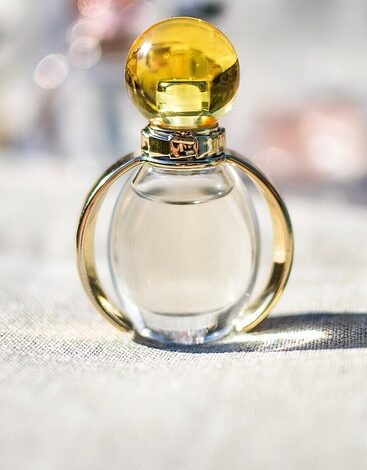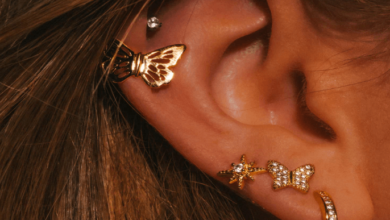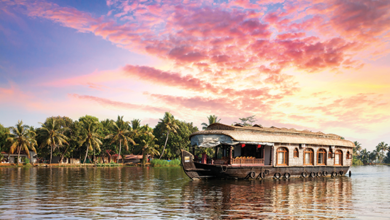The Allure of Luxury Perfume Fragrances

Luxury perfume fragrances have an enduring allure, captivating the senses and evoking emotions that transcend time and place. The art of perfumery is a sophisticated craft, combining the finest ingredients with expert blending techniques to create scents that are not only pleasant but also tell a story. From the opulent notes of oud and amber to the delicate whispers of jasmine and rose, luxury perfumes are a testament to the elegance and complexity of olfactory art.
The History of Luxury Perfumes
The history of luxury perfumes like deDubblin 1918 Vintage Royal dates back to ancient civilizations where fragrances were an integral part of cultural rituals and personal grooming. In ancient Egypt, perfumes were used in religious ceremonies and were believed to be the sweat of the gods. The Egyptians were pioneers in the art of blending oils and botanical extracts to create enchanting scents. Similarly, the Greeks and Romans also placed a high value on perfumes, using them not only for personal adornment but also in their baths and during festive occasions.
The art of perfumery reached new heights in the courts of France during the Renaissance. The French aristocracy’s passion for perfumes led to the establishment of Grasse as the world’s perfume capital. Today, many luxury perfume houses still source their raw materials from this region, known for its fields of lavender, jasmine, and roses.
Ingredients and Craftsmanship
The essence of luxury perfumes lies in their ingredients and the meticulous craftsmanship involved in their creation. Unlike mass-produced fragrances, luxury perfumes use rare and high-quality ingredients that are often sourced from exotic locations. These ingredients include essential oils extracted from flowers, fruits, spices, and woods.
One of the most coveted ingredients in luxury perfumery is oud, also known as agarwood. This resinous wood is highly prized for its rich, complex scent that combines earthy, woody, and sweet notes. Other luxurious ingredients include ambergris, derived from the digestive system of sperm whales, and musk, originally obtained from the gland of the musk deer. Due to ethical considerations, many perfumers now use synthetic alternatives that replicate these scents without harming animals.
Creating a luxury perfume is akin to composing a symphony. Perfumers, or “noses,” as they are often called, spend years perfecting their craft. They skillfully blend top, middle, and base notes to create a harmonious fragrance that evolves over time. The top notes are the initial impression, often composed of light, fresh scents like citrus or lavender. The heart, or middle notes, emerge as the top notes fade, revealing more complex florals or spices. Finally, the base notes, which are the most long-lasting, provide depth and richness with ingredients like vanilla, sandalwood, or patchouli.
The Experience of Wearing Luxury Perfume
Wearing a luxury perfume is an intimate and personal experience. It is more than just a scent; it is a statement of identity and a reflection of one’s personality. The right fragrance can evoke confidence, sensuality, or serenity. It can transport the wearer to distant lands or bring back cherished memories.
The packaging of luxury perfumes also adds to their allure. Exquisite bottles crafted from fine glass, adorned with intricate designs, and often topped with elegant caps, make these perfumes a joy to display and use. The presentation is an integral part of the luxury experience, enhancing the sense of indulgence and exclusivity.
Conclusion
Luxury perfume fragrances are the epitome of sophistication and elegance. They are the result of centuries of tradition, a deep understanding of natural ingredients, and the creative genius of skilled perfumers. Each bottle is a work of art, offering a sensory journey that is both personal and universal. Whether it’s the timeless allure of Chanel No. 5, the exotic richness of Tom Ford’s Oud Wood, or the modern elegance of Dior’s J’adore, luxury perfumes continue to enchant and inspire, leaving an indelible mark on the world of fragrance.





